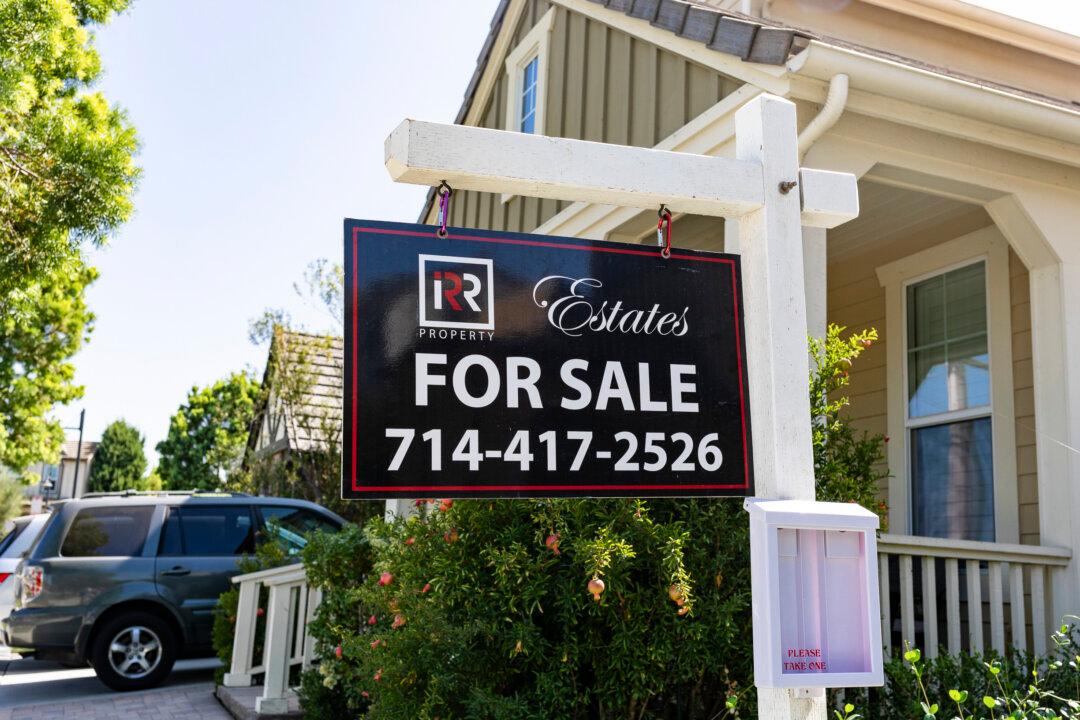The NAHB/Wells Fargo Housing Market Index slipped two points from May to 32 in June, the lowest since December 2022, the NAHB said, adding that this was the third lowest reading since 2012.
“Buyers are increasingly moving to the sidelines due to elevated mortgage rates and tariff and economic uncertainty,” NAHB Chairman Buddy Hughes said.
“To help address affordability concerns and bring hesitant buyers off the fence, a growing number of builders are moving to cut prices.”
Since the beginning of 2025, the weekly rates have consistently remained above 6.6 percent, making mortgages expensive for many prospective buyers and dampening their purchase interest.
Meanwhile, the share of builders who reported cutting prices hit 37 percent in June, the highest level since NAHB started tracking the metric in 2022.
“Rising inventory levels and prospective home buyers who are on hold waiting for affordability conditions to improve are resulting in weakening price growth in most markets,” Robert Dietz, NAHB’s chief economist, said.
“Given current market conditions, NAHB is forecasting a decline in single-family starts for 2025.”
Relief for Buyers
While high housing costs are pushing prospective buyers away from the market, price relief is “in sight,” real estate brokerage Redfin said in a May 29 statement.Home sales prices are already on the decline in 11 out of the 50 most populous U.S. metro areas, Redfin said, adding that the company’s economists are expecting the median home sales price to fall by the end of 2025.
Meanwhile, wages are expected to rise, and when taking into account both factors—that is, lower home prices and a rise in income—housing affordability is expected to improve in the second half of 2025, according to the brokerage.
“Sellers are realizing we’re in a new market, which is making them flexible,” Venus Martinez, a Redfin Premier agent in Los Angeles, said.
“A lot of sellers, especially those who may have bought at the top of the market and need to sell, are willing to accept less money for their homes, give concessions to buyers, and even negotiate commissions. Buyers are more likely to be able to negotiate if a home has been on the market for more than a few weeks, or if it has fallen out of contract.”
Buyers now have more options because of a nearly 20 percent jump in inventory, it said. Despite higher sales, sellers continue to outnumber buyers, giving prospective buyers more power during negotiations.
However, even with all these positives, renting out a home makes more financial sense than buying one outright, according to the company.
“Rent for a typical single-family home is roughly $100 cheaper per month than the mortgage payment on the typical U.S. home, even after a 10 percent down payment,” Zillow said.
“Six years ago, renting was $373 more expensive than buying. This shift helps explain why housing demand continues to bounce along the bottom.”







